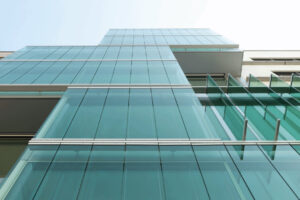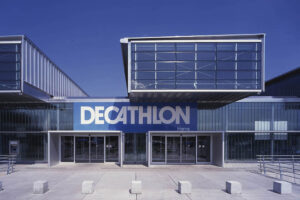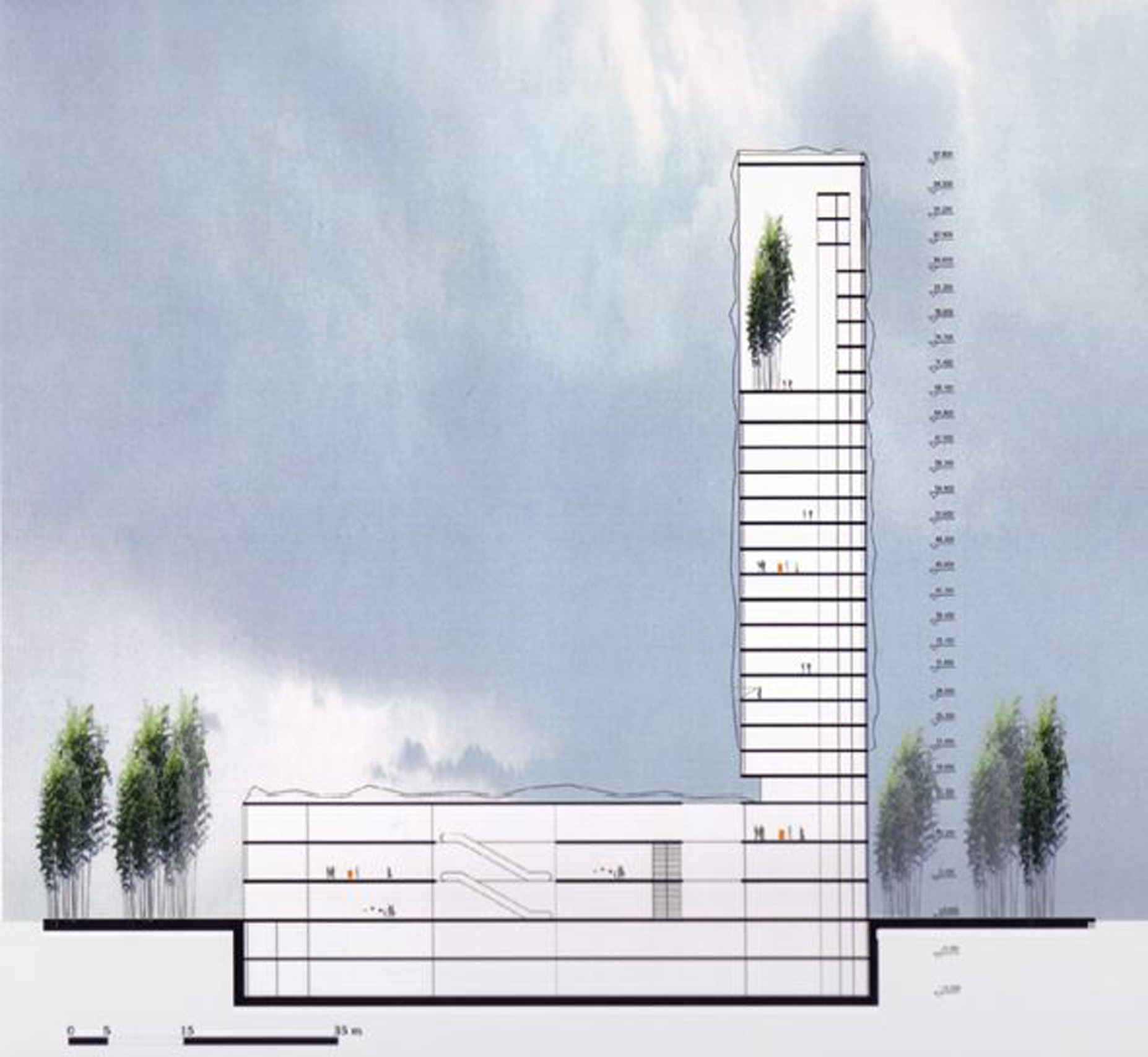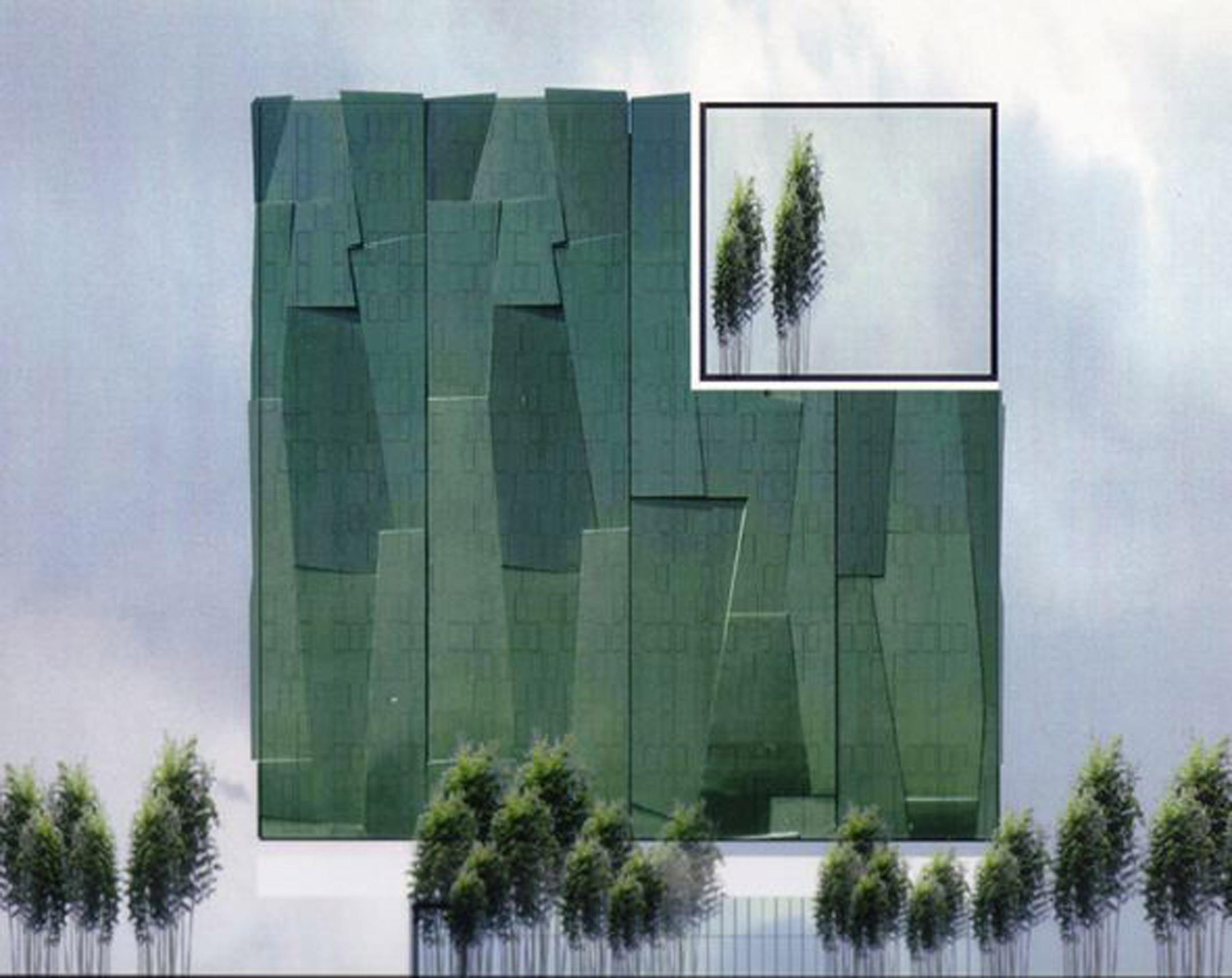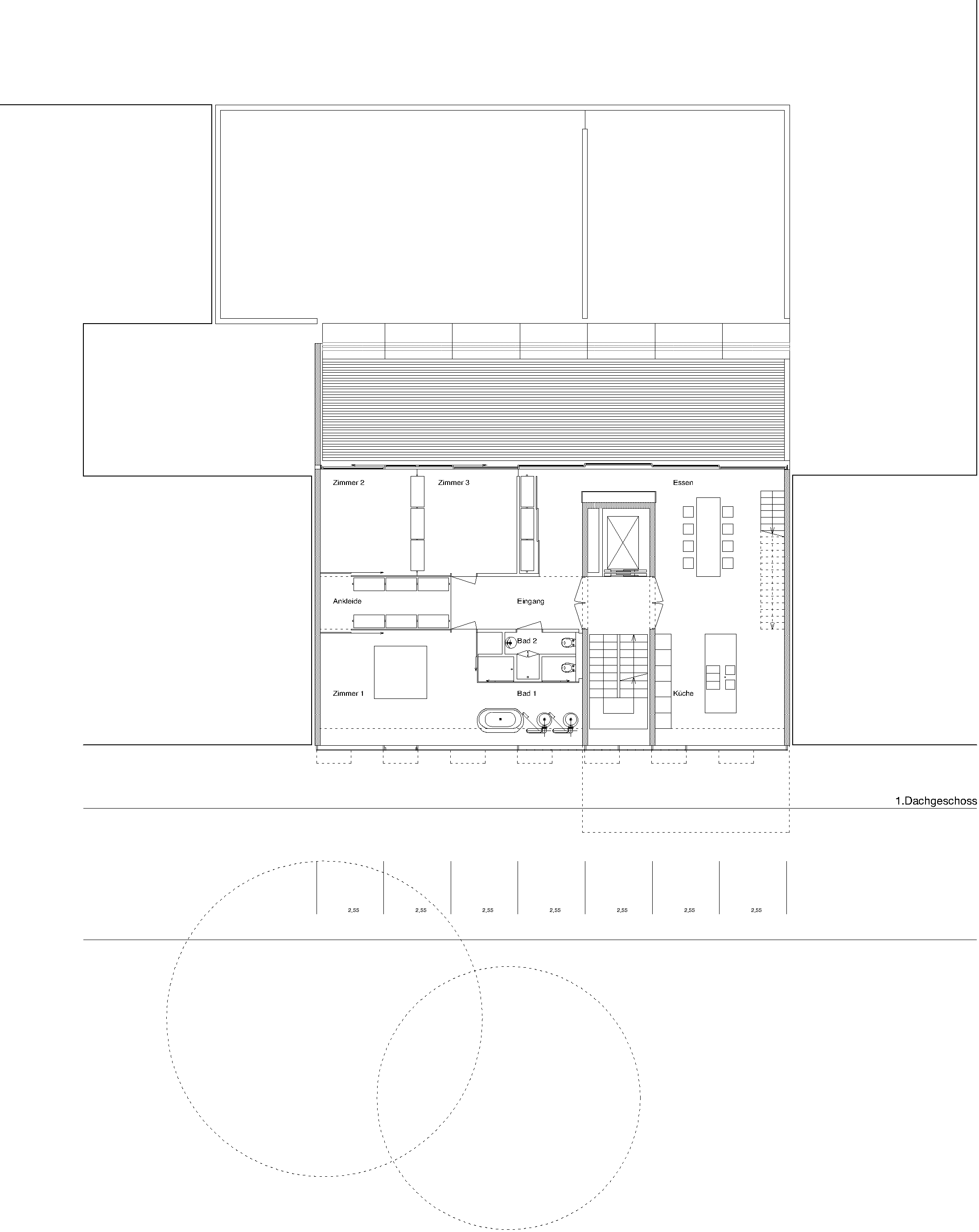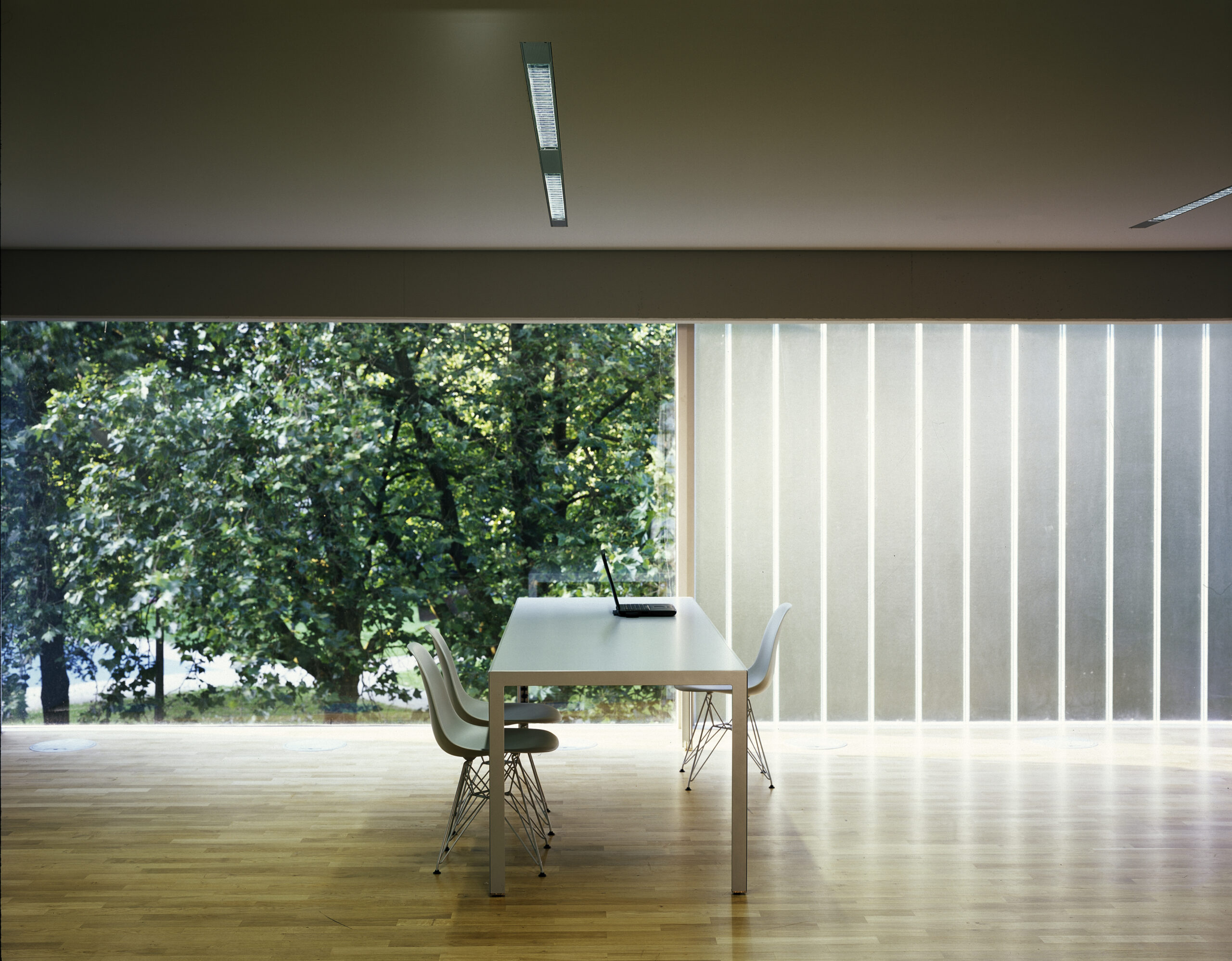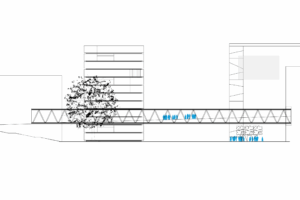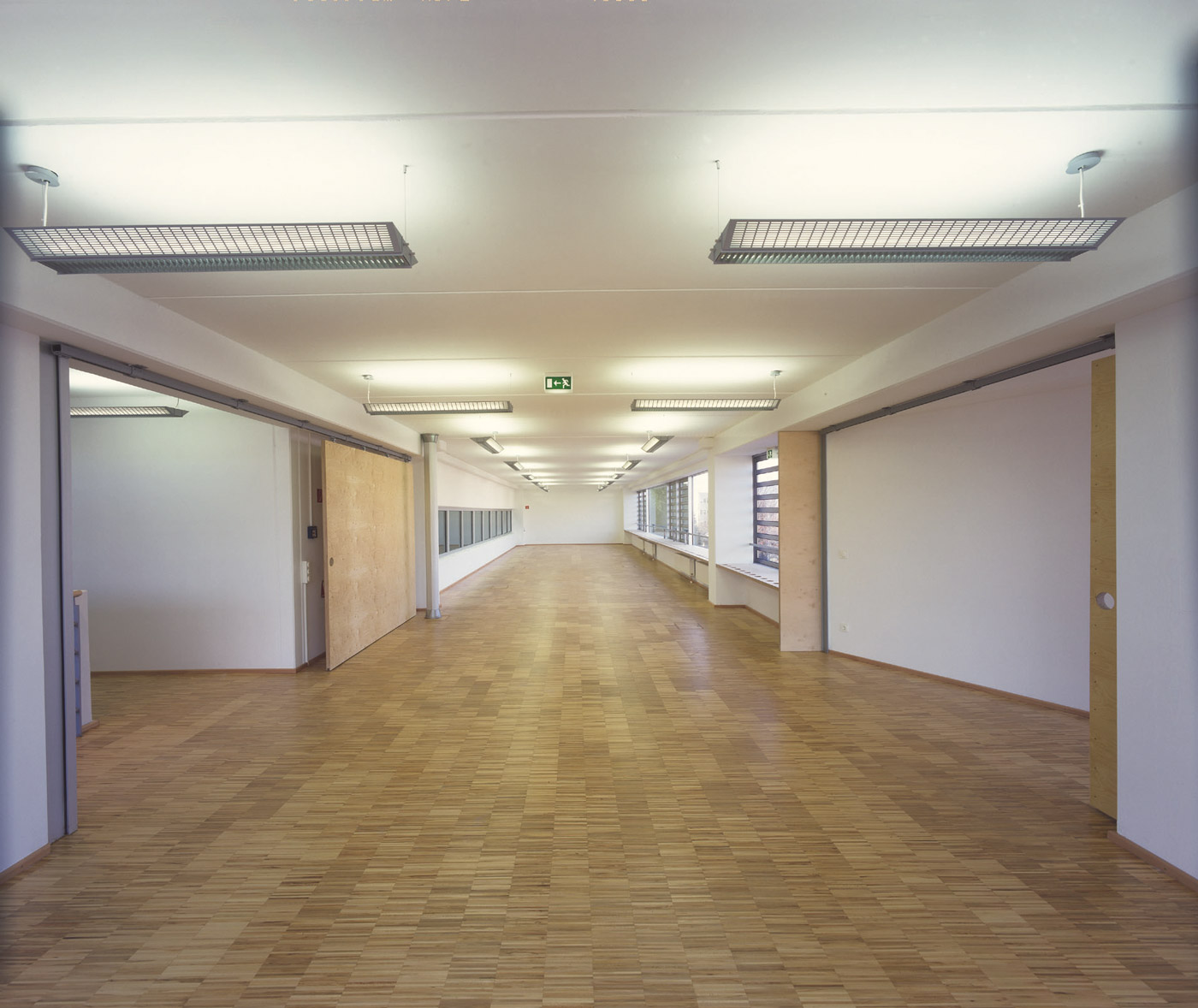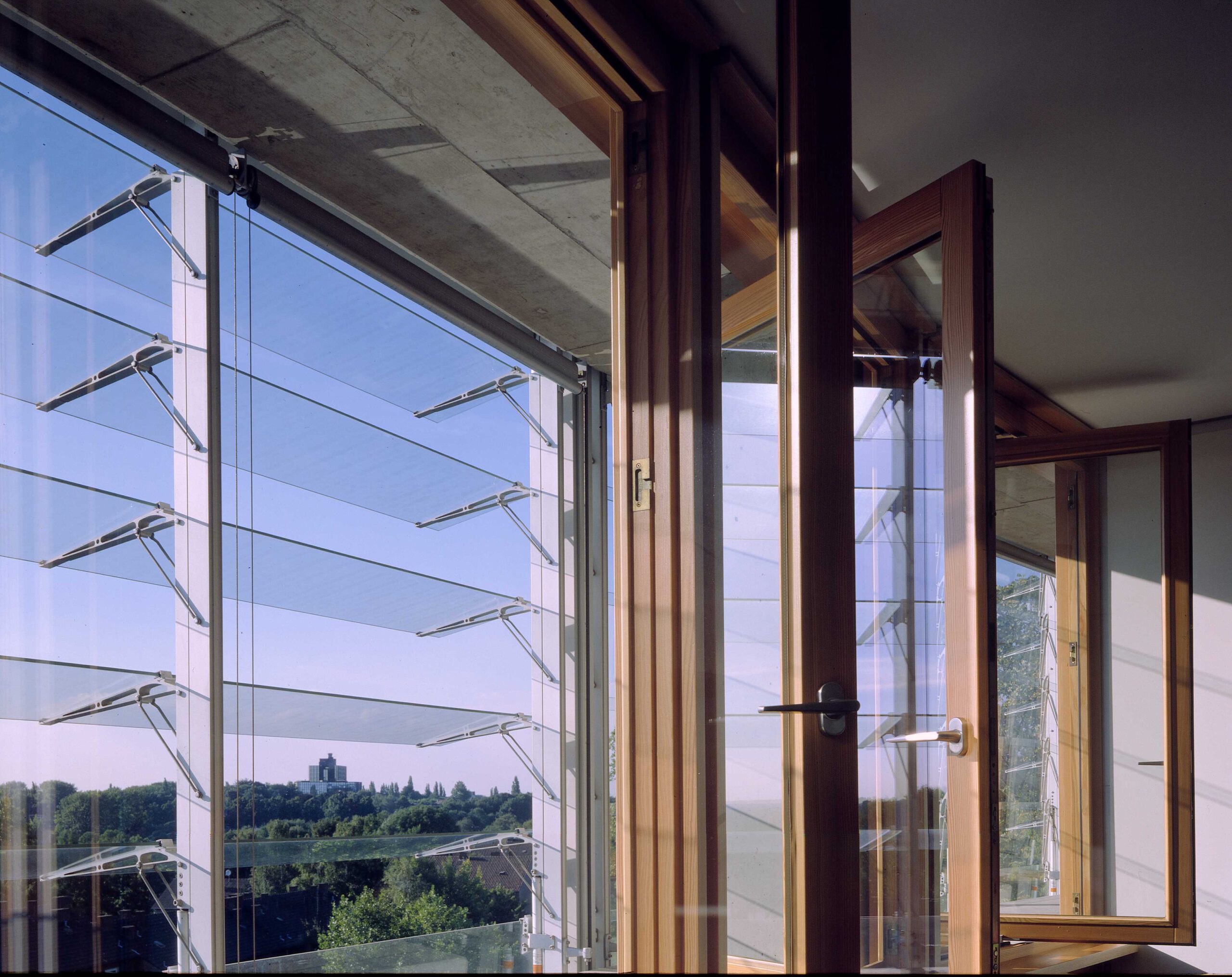
Competition Cartoon Corridor
Dalian, China
The Cartoon Corridor, developed as part of a joint venture with Prof. Harald Deilmann (Münster), extends the port of the north-eastern Chinese city of Dalian to include extensive campus areas, thus creating new qualities of stay on the peninsula.
Dalian – A Continuously Growing City
With its militarily significant port documented as early as the 6th century, the region quickly gained influence as a trading city and continues to grow steadily. To make the identity of the place tangible and to continue integrating it into the evolving urban structure, the Cartoon Corridor redefines the port as a "water city" and expands the area with large spaces for a Maritime University, hotel facilities for university guests and other visitors, as well as exhibition and conference areas.
Due to the expansion of long and primarily monotonous connecting roads to develop the peninsula, there was a need to enhance the quality of stay for pedestrian traffic as well.
Urban Framework Plan
The competition entry utilizes the existing sightlines framed by existing street canyons along Huangpu Rd and develops them with a "Green Band" that accompanies the street layout, calming the area and isolating it from the eight-lane expressway. Thoughtfully placed solitaires are integrated into the emerging "water city" like large stones. This arrangement of various sightlines enhances the pedestrian experience and provides space for the diverse campus area, which stretches across the expressway with long bridges connecting the buildings.
Data
Competition
2005
Address
Huangpu Rd
116086 Dalian (Ganjingzi District), Liaoning
China






